14 Historic African Cities With Deep Cultural Roots
Africa is home to some of the oldest cities in the world, where ancient trade routes, royal dynasties, and faith traditions shaped daily life for centuries. Many of these cities still hold the ruins, markets, and customs that tell stories of their long past. Each one reflects a mix of cultures that continue to influence art, food, and architecture today. Visiting them feels like stepping into a living museum where history and everyday life meet.
This post may contain affiliate links, which helps keep this content free. Please read our disclosure for more info.
Timbuktu, Mali
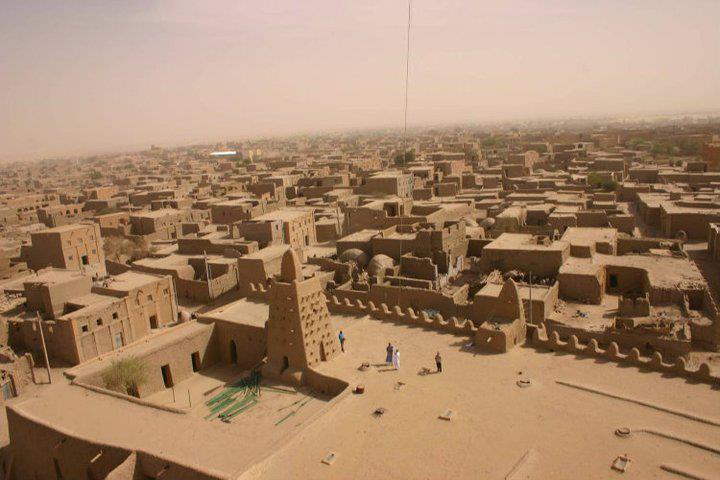
Timbuktu rose as one of the most important trade and learning centers in medieval West Africa. Located along ancient caravan routes, it connected traders from North Africa and the Middle East with the empires of Mali and Songhai. Its grand mosques and libraries once held priceless manuscripts on science, law, and astronomy. Scholars from across the continent gathered here, shaping the city’s reputation as a symbol of knowledge and faith.
Even today, the city’s faded walls and quiet streets remind visitors of its golden age. Local guides share stories passed down through generations, linking oral tradition with the written texts that survived. The mud-brick architecture, built from earth and wood, reflects centuries of adaptation to desert life. Timbuktu remains a powerful reminder of Africa’s intellectual and cultural strength.
Fez, Morocco
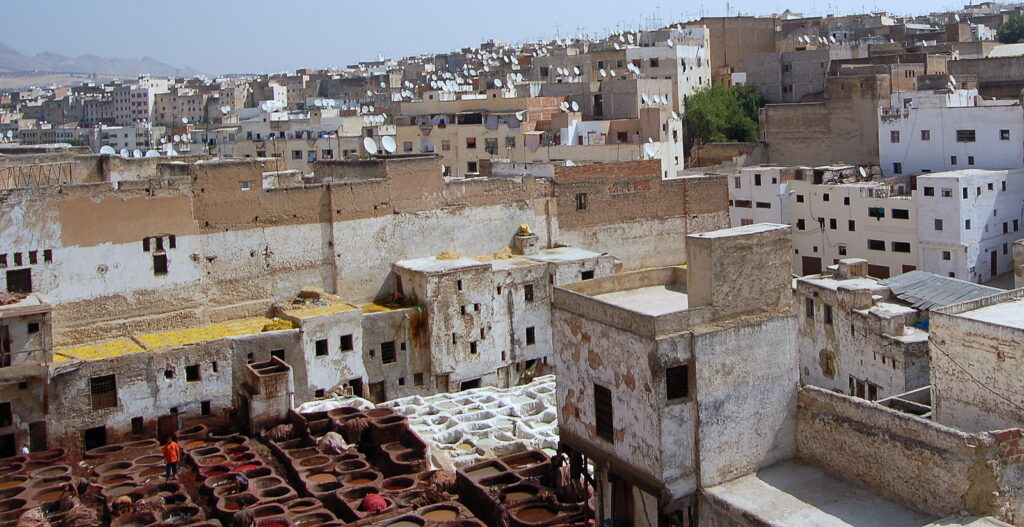
Fez is one of Morocco’s oldest imperial cities, known for its maze-like medina and centuries-old craftsmanship. Founded in the 8th century, it became a hub of learning, trade, and spirituality. Its University of Al Quaraouiyine is often cited as the world’s oldest continuously operating university. Wandering through its narrow alleys feels like stepping into a living record of medieval North Africa.
The scent of spices and the sound of artisans hammering copper fill the air. Traditional tanneries, mosques, and fountains reveal the city’s layered history. Every corner shows how faith, artistry, and daily life blend together in perfect rhythm. Fez continues to thrive as a place where Morocco’s past remains beautifully alive.
Marrakech, Morocco
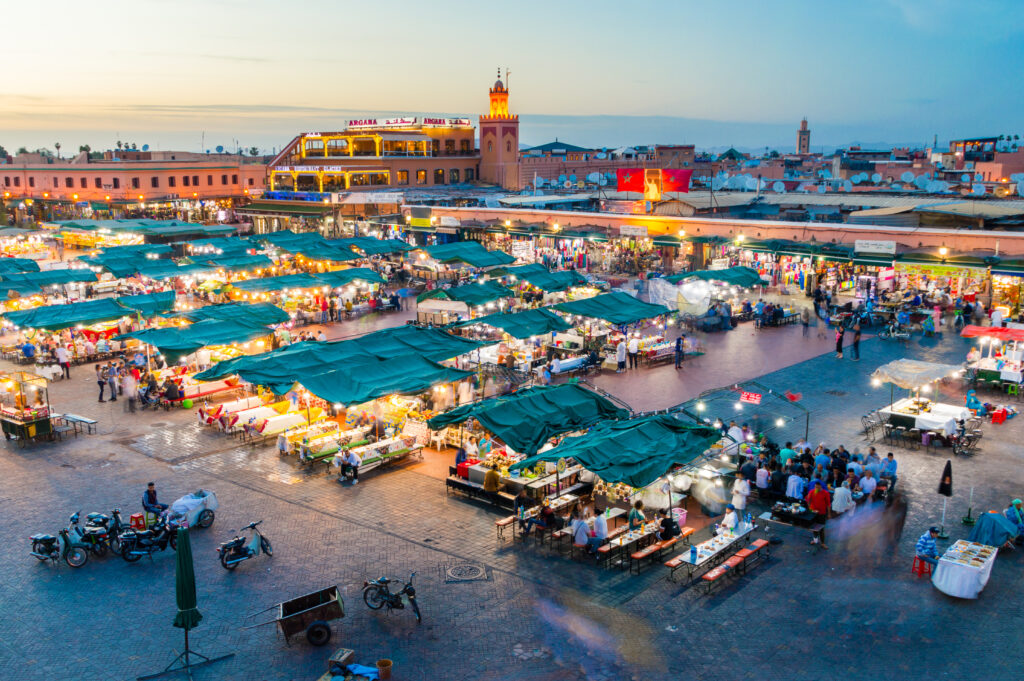
Founded in the 11th century, Marrakech became a powerful trading post between the Sahara and the Mediterranean. Its red walls and clay buildings earned it the nickname “The Red City.” Palaces, gardens, and mosques reflect the city’s Berber roots mixed with Arab influence. For centuries, it has drawn travelers seeking color, energy, and tradition.
The bustling Jemaa el-Fnaa square captures the city’s spirit through music, food, and storytelling. Snake charmers, spice vendors, and street performers create a rhythm that feels timeless. Traditional riads and hammams provide a glimpse into Moroccan hospitality. Marrakech remains a vivid expression of culture shaped by both desert and mountain life.
Aksum, Ethiopia
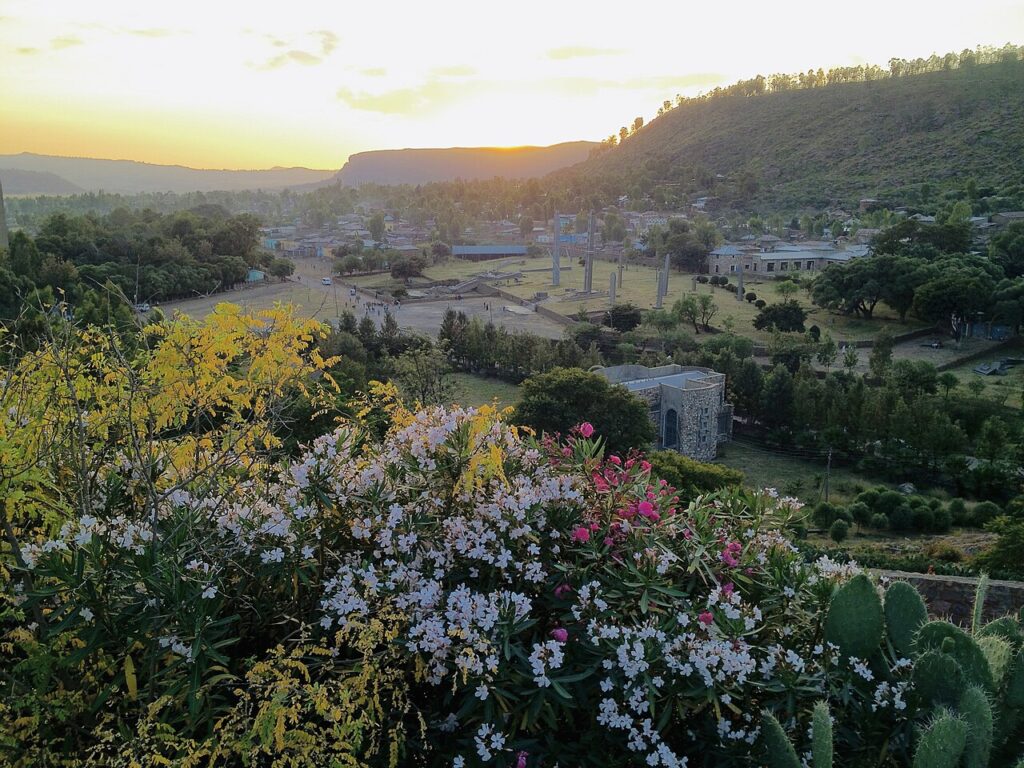
Aksum once ruled as the heart of an ancient African empire that stretched across the Red Sea. Known for its tall stone obelisks and royal tombs, it was a center of power and trade for centuries. The city’s legacy includes the introduction of Christianity to Ethiopia in the 4th century. Many locals still speak proudly of the legends linking Aksum to the Queen of Sheba.
Today, Aksum’s archaeological sites reveal the grandeur of its past. Pilgrims visit its churches, said to hold sacred relics like the Ark of the Covenant. The blend of ancient ruins and ongoing worship makes the city feel sacred and alive. Its quiet dignity tells of a civilization that shaped Ethiopia’s history and faith.
Gondar, Ethiopia

Gondar served as Ethiopia’s royal capital during the 17th and 18th centuries. Known as the “Camelot of Africa,” it boasts a remarkable collection of castles and palaces. These stone fortresses were built by emperors who sought to centralize their rule and celebrate their power. The city quickly became a hub of art, music, and learning.
Even now, the royal enclosure draws visitors eager to see its medieval charm. Churches around the city feature vivid wall paintings depicting saints and angels in Ethiopian style. The Timkat festival brings crowds to Gondar’s pools for a colorful celebration of Epiphany. Gondar’s mixture of royal heritage and spiritual devotion makes it one of Africa’s cultural gems.
Zanzibar City (Stone Town), Tanzania

Stone Town is a blend of African, Arab, Indian, and European influences shaped by centuries of trade. Its narrow streets and carved wooden doors tell stories of the island’s diverse past. The city thrived as a spice port and a key stop in the Indian Ocean trade routes. Each building reflects a chapter of history marked by exchange and change.
Walking through Stone Town feels like exploring a living museum. The House of Wonders and Old Fort reveal both Swahili pride and colonial legacy. Local markets buzz with life, offering cloves, textiles, and fresh seafood. Zanzibar’s culture continues to mix old traditions with a welcoming island rhythm.
Lalibela, Ethiopia

Lalibela is one of the most spiritual places in Africa, known for its rock-hewn churches carved into the earth. Built in the 12th century, these stone structures were created to mirror the holy city of Jerusalem. Each church is connected by tunnels and passageways that carry both pilgrims and prayers. The quiet devotion surrounding these sacred spaces feels timeless.
During religious festivals, the town fills with worshippers dressed in white, chanting and singing ancient hymns. The sight of priests reading from Ge’ez manuscripts under torchlight is unforgettable. Lalibela’s spiritual heart beats with centuries of faith and dedication. It remains a place where religion and artistry come together in lasting harmony.
Kano, Nigeria

Kano stands as one of the oldest continuously inhabited cities in West Africa. It rose to prominence as a major center of trade, crafts, and Islamic learning. Its ancient walls, built centuries ago, still encircle the old city. For generations, Kano’s markets have connected local farmers and artisans with traders from across the region.
The city’s dye pits, where workers still color fabrics by hand, are living links to its past. Historic mosques and palaces highlight Kano’s role as a cultural and religious anchor for the Hausa people. Modern growth has not erased its traditions but added new layers to its story. Kano’s strength lies in its ability to blend history with daily life.
Great Zimbabwe, Zimbabwe
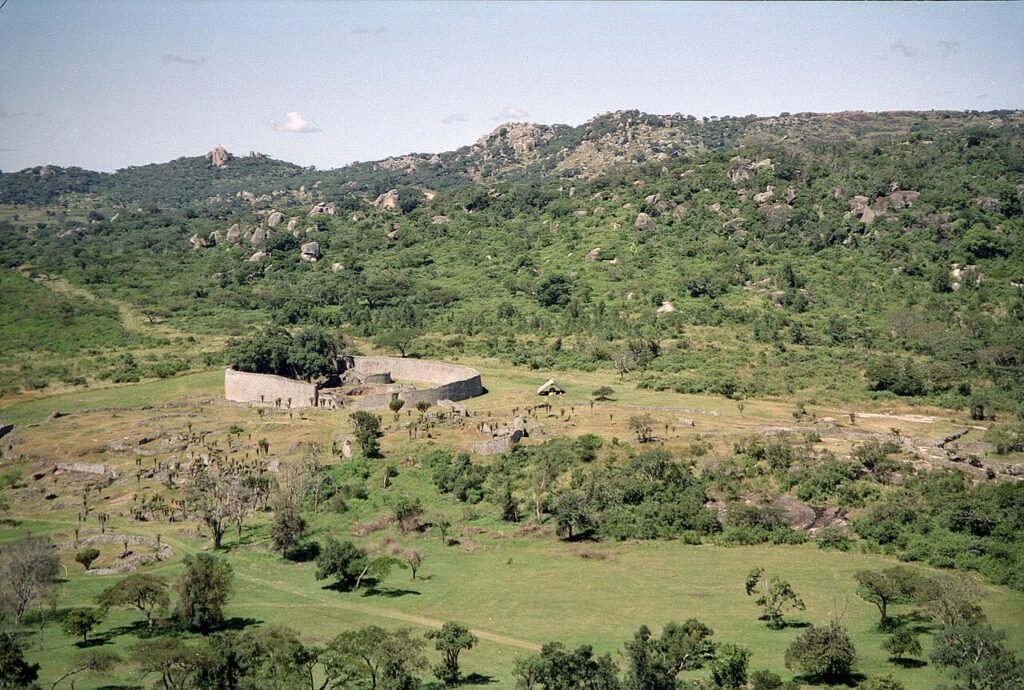
Great Zimbabwe is an ancient stone city that once served as the capital of a powerful kingdom. Its massive walls and towers were built without mortar, showcasing remarkable architectural skill. The site was the center of trade in gold and ivory between inland Africa and coastal merchants. Archaeologists believe it supported a large population at its peak.
Exploring the ruins reveals the sophistication of its builders. The Great Enclosure, with its curving walls, still stands as a testament to African ingenuity. Visitors can sense the pride and mystery that surround its silent stones. Great Zimbabwe remains a powerful symbol of early African civilization and independence.
Alexandria, Egypt

Founded by Alexander the Great, Alexandria became a beacon of culture and learning in the ancient world. Its library once held countless scrolls of science, philosophy, and literature. The city’s strategic location on the Mediterranean made it a hub for scholars, traders, and artists. Greek, Roman, and Egyptian influences blended to form a truly cosmopolitan center.
Today, Alexandria’s modern library honors that same spirit of knowledge. The city’s seaside forts and Roman catacombs recall its layered history. Cafes overlooking the Corniche invite quiet reflection beside the sea. Alexandria continues to bridge ancient grandeur with modern Egyptian life.
Ouidah, Benin

Ouidah carries deep historical and spiritual meaning in West Africa. It was one of the main ports in the transatlantic slave trade, linking Africa to the Americas. Monuments along the “Route of Slaves” tell painful yet important stories of resilience. Beyond this, Ouidah is also a sacred center for Vodun, a traditional faith with roots that span continents.
Visitors often explore its temples, colonial buildings, and museums that preserve centuries of memory. The annual Vodun Festival fills the streets with color, music, and spiritual celebration. Locals honor their ancestors while sharing their culture with guests from around the world. Ouidah’s history, both tragic and inspiring, continues to shape its identity.
Saint-Louis, Senegal
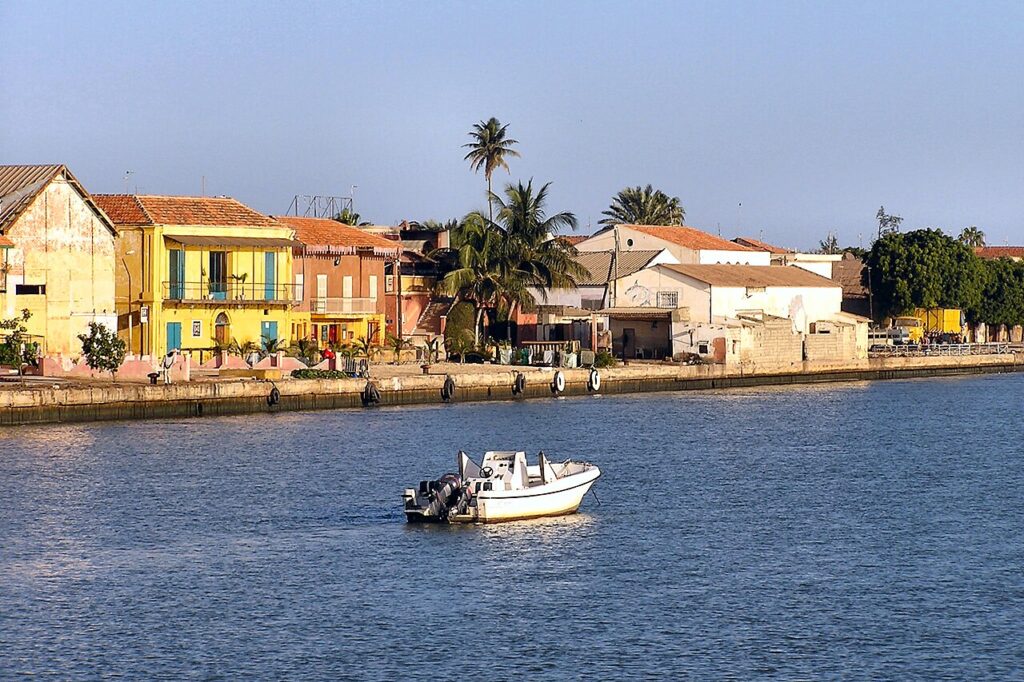
Saint-Louis was once the capital of French West Africa and a key colonial outpost. Its island layout and pastel buildings reflect its European ties blended with African spirit. Traders, fishermen, and musicians brought life to its streets for centuries. Today, it remains one of Senegal’s most atmospheric cities.
Bridges connect the island to the mainland, symbolizing the city’s role as a link between worlds. The Saint-Louis Jazz Festival draws artists from across the globe each year. Local markets and riverside scenes offer a glimpse into daily life shaped by water and song. Saint-Louis stands as a charming reminder of Senegal’s creative heritage.
Carthage, Tunisia
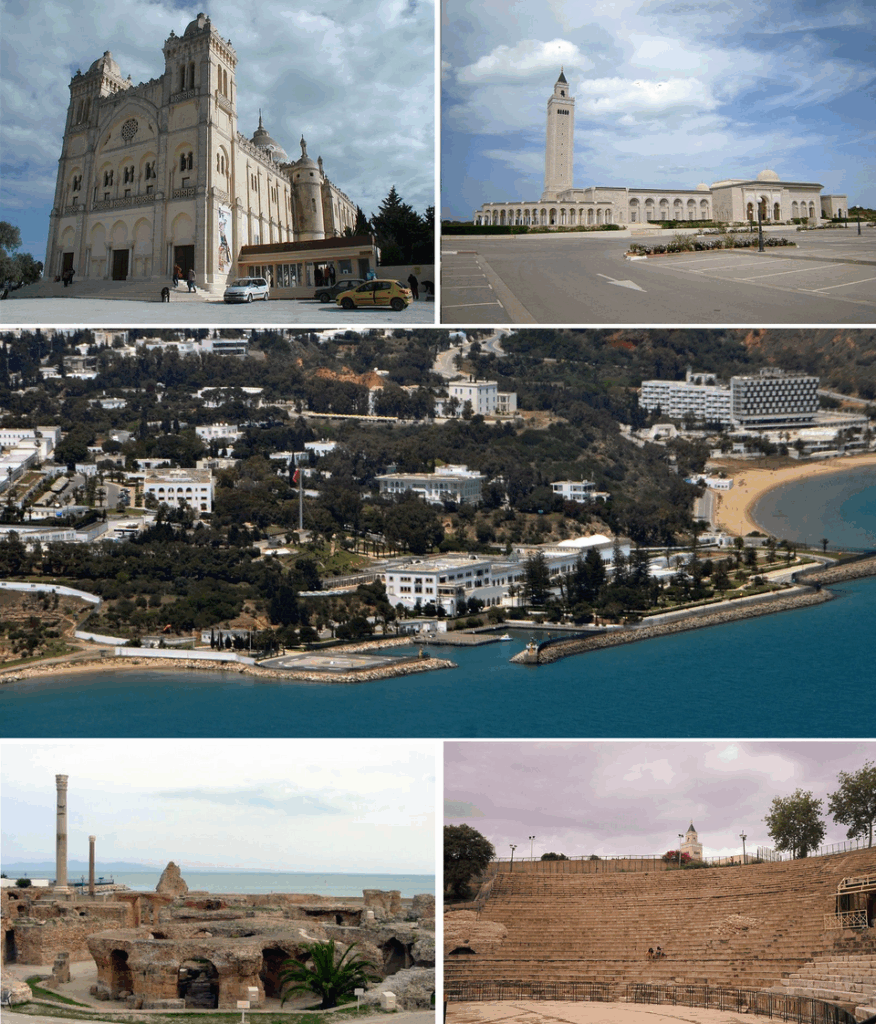
Carthage was once a mighty city that challenged Rome for control of the Mediterranean. Founded by Phoenician settlers, it grew rich through trade and naval strength. Though destroyed and rebuilt several times, its ruins still speak of grandeur and ambition. From its harbors to its temples, Carthage embodied ancient power.
Today, visitors can explore the baths, amphitheaters, and mosaics left behind. The nearby city of Tunis carries Carthage’s legacy into the modern age. Archaeological sites stand against the sea, offering breathtaking views and echoes of history. Carthage’s rise and fall continue to fascinate anyone drawn to the stories of ancient empires.
Kairouan, Tunisia

Kairouan holds a special place as one of Islam’s holiest cities and the first in North Africa. Founded in the 7th century, it became a center of religion, scholarship, and trade. Its Great Mosque remains one of the oldest and most beautiful in the Muslim world. The city’s winding alleys and blue doors reveal both spiritual and cultural depth.
Visitors can watch artisans weave carpets using patterns passed down for centuries. Local markets brim with pottery, spices, and embroidered textiles. The air feels touched by centuries of prayer and creativity. Kairouan continues to shine as a symbol of Tunisia’s devotion and artistry.
This article originally appeared on Avocadu.
